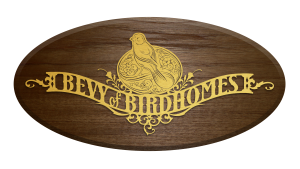How Do Birds Breathe?
It is not unusual for our aviary technicians to be asked several questions while cleaning the aviary. A list of the most common questions has been compiled and will be answered in the blog section of our website.
The question we will tackle for this post is: HOW DO BIRDS BREATHE?
This question will be answered in two ways because some wonder about the respiratory system of birds, and others are curious about how birds breathe in our aviaries.
How do birds breathe?
The beak of a bird functions not only as the way a bird receives nourishment, but also serves as a nose, allowing bird’s to receive air into their bodies. This occurs as air enters into the nostrils through tiny holes, which are located between the top portion of the upper beak and the bird’s head. As air is received into the nostrils, (or nares as they are correctly called on birds) the air sacs begin to fill. As birds do not have a diaphragm, the air moves through their system by changes in pressure to these sacs. The number of air sacs in their bodies can vary amongst species from 7 to 9. Because birds receive air from these sacs, it is vitally important when handling them not to apply a lot pressure as this can push the air out of their slight bodies.
How do birds breathe inside our aviary?
Although our aviaries give the illusion of being a fully-enclosed cage, hidden from view at the top of the aviary is a mesh material containing plenty of holes, which allows the birds to get all the air they need. This bit of information is good to have on hand in case you are a more mischievous individual who would enjoy locking one of our aviary technicians inside the cage. Unfortunately, I know there are a few of you out there as I have been on the receiving end of this practical joke several times!
Hopefully you learned just a little bit more about the birds in your aviary. We always welcome your questions so don’t hesitate to ask us in person, on the phone, via email, or on our website.




